River & Ocean Spectacle
Introducing the River & Ocean Spectacle!
Prepare to embark on a mesmerizing journey into the depths of aquatic wonder. Our spectacular event showcases two magnificent underwater worlds: “Ocean World,” a captivating realm of vibrant saltwater fish, and “Wonders of the River,” a breathtaking showcase of the diverse and enchanting freshwater fish.
Immerse yourself in the beauty and diversity of these underwater ecosystems as you witness a stunning display of aquatic life. From the graceful movements of exotic sea creatures in Ocean World to the vibrant colors and fascinating behavior of freshwater fish in Wonders of the River, this spectacle promises an unforgettable experience for all.

Wonders of the River
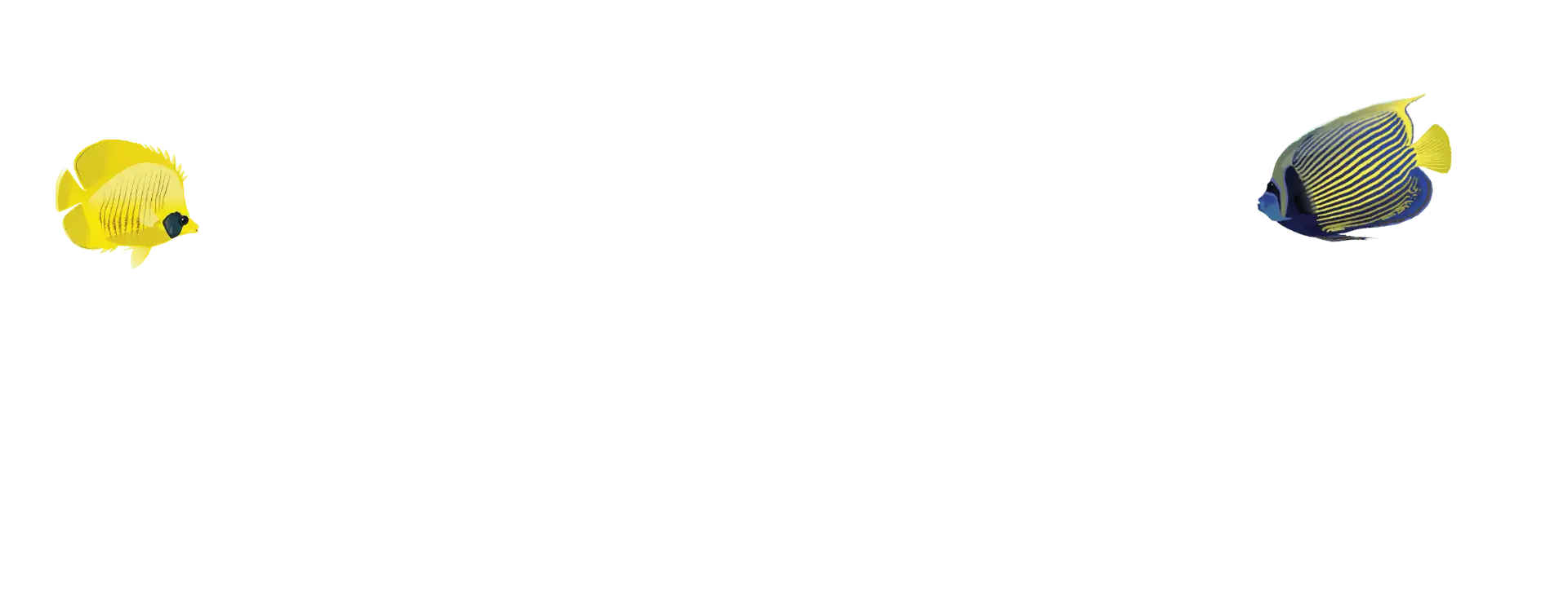
River World Photo Gallery

Ocean World

Ocean World Photo Gallery
Touch Pool
Welcome to the Touch Pool, an interactive experience that brings you up close and personal with our friendly aquatic residents. In this enchanting encounter, you’ll observe a variety of delightful fish species as they swim gracefully through crystal-clear water.
Immerse yourself in the world of marine life through visual exploration. Watch colourful clownfish and graceful rays gliding beneath the surface. It’s a wonderful way to connect with nature and discover the beauty of our underwater world.
Our Resident Animals

Amazon White Blotched River Stingray

Arapaima

Archerfish

Asian Arowana
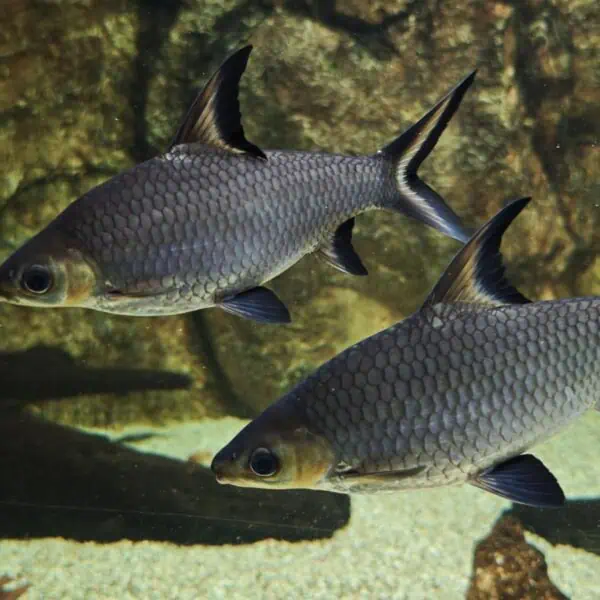
Bala Shark
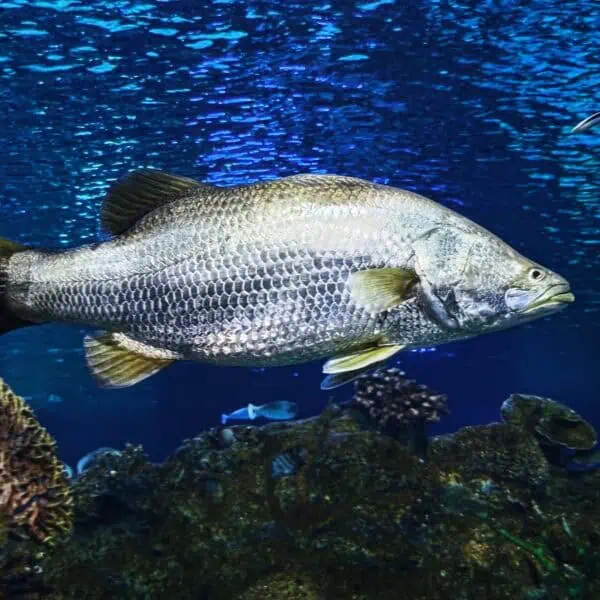
Barramundi
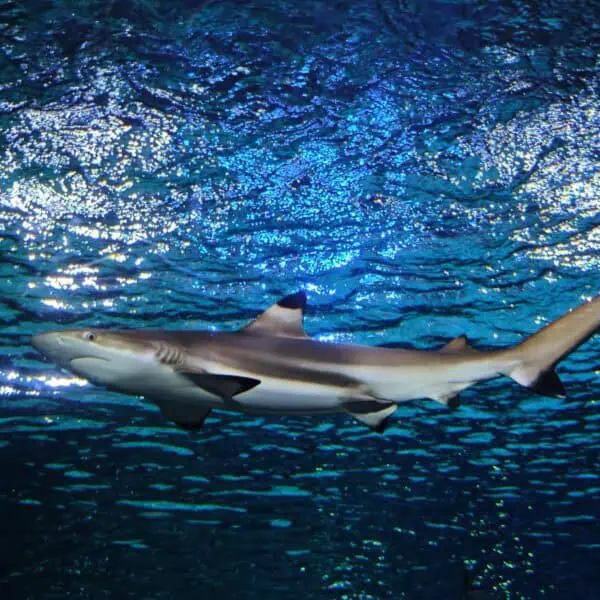
Blacktip Reef Shark

Chaka Catfish
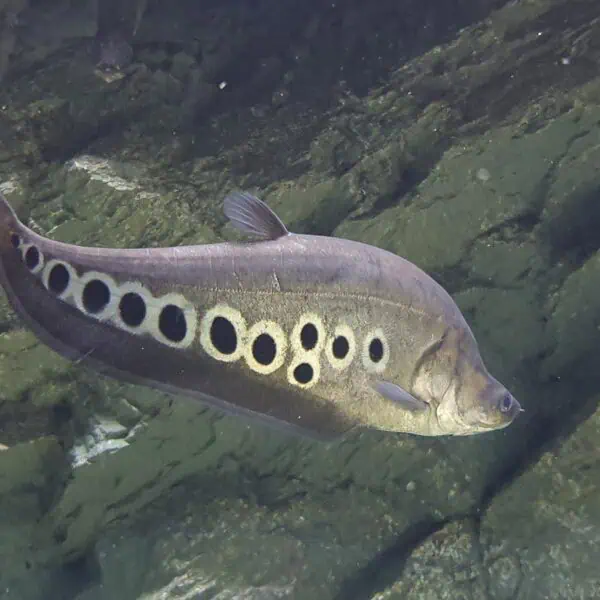
Clown Featherback
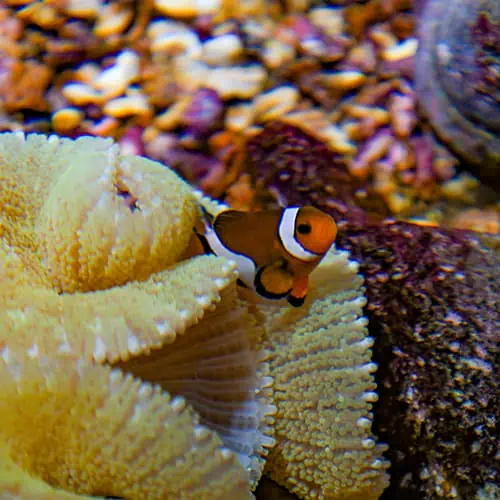
Clownfish
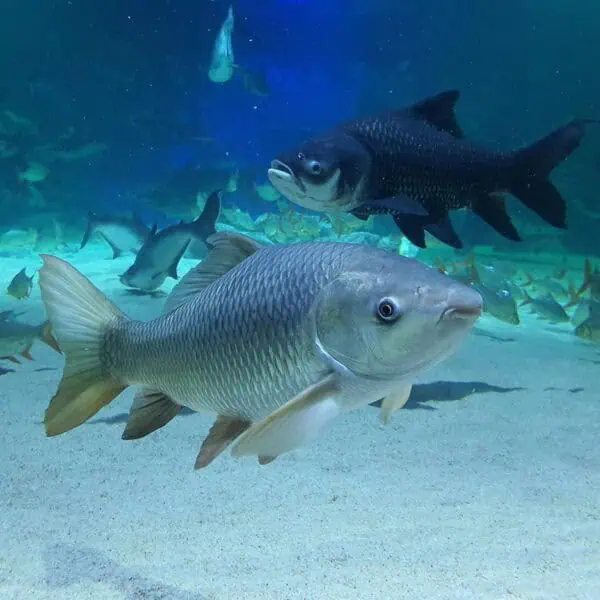
Common Carp
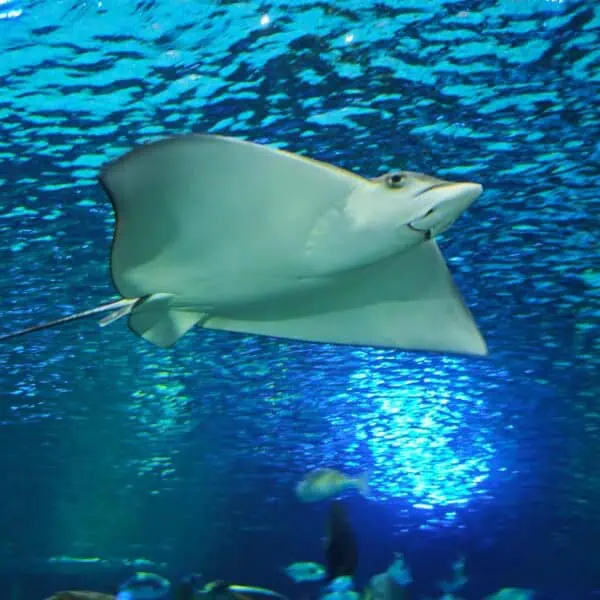
Cownose Ray

Discus
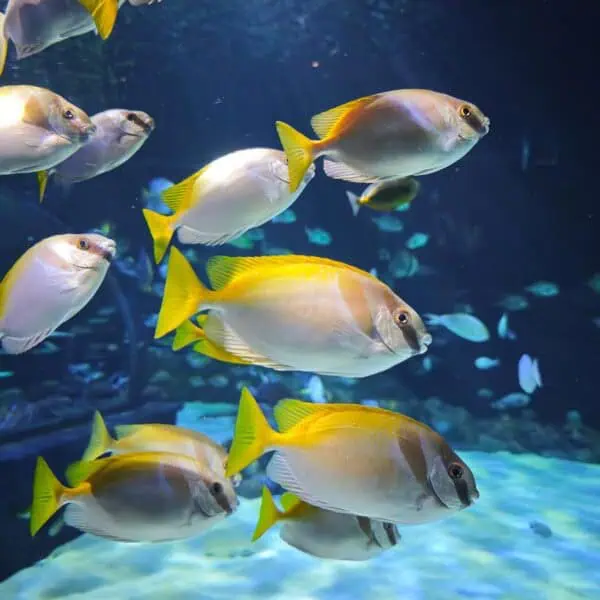
Double-Barred Rabbitfish
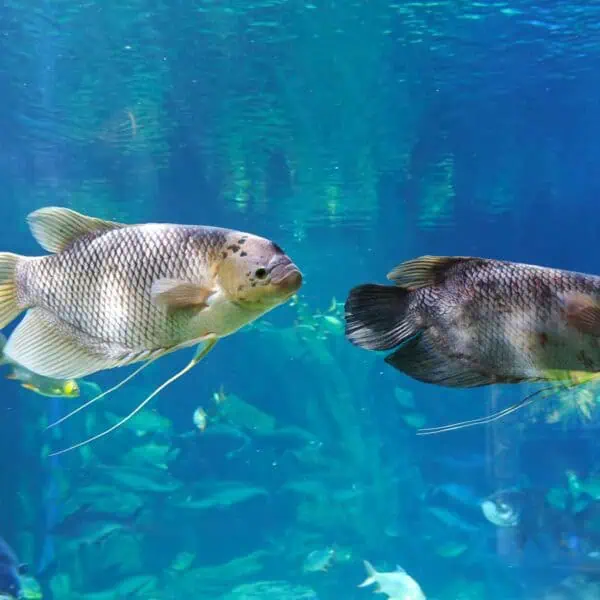
Elephant Ear Gourami
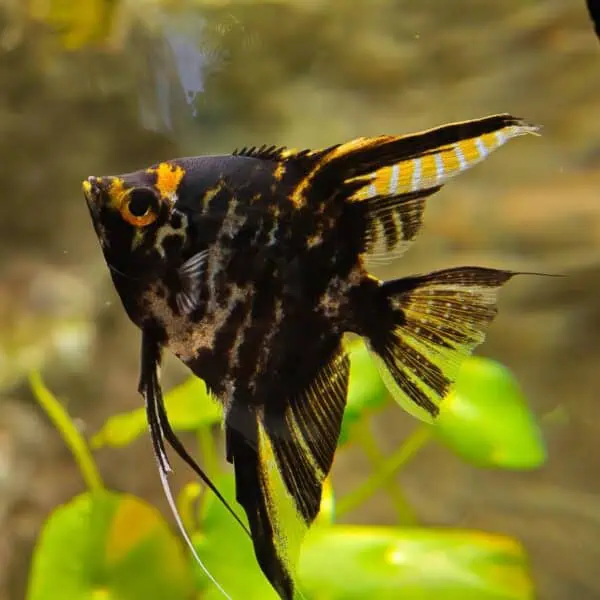
Freshwater Angelfish
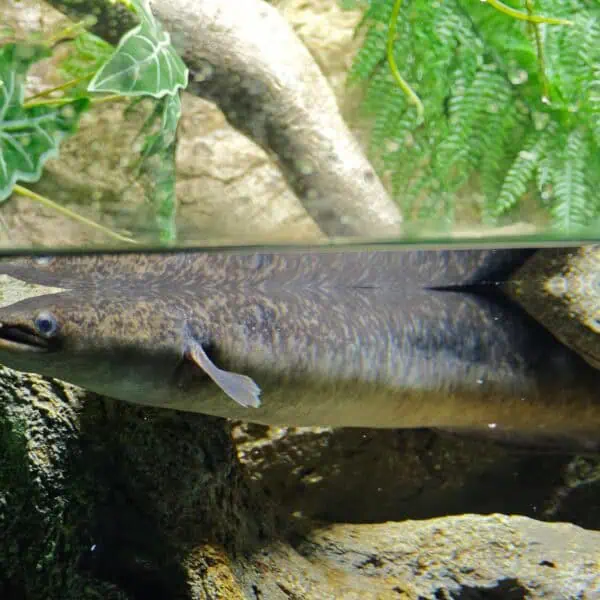
Giant Mottled Eel
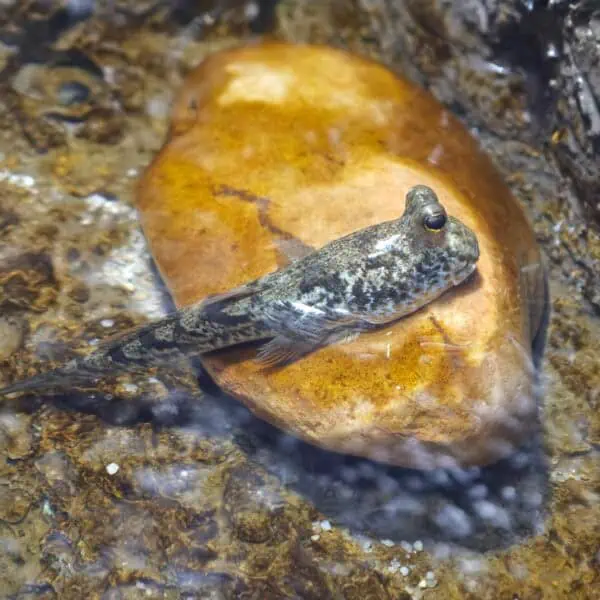
Giant Mudskipper

Giant Snakehead

Glass Catfish
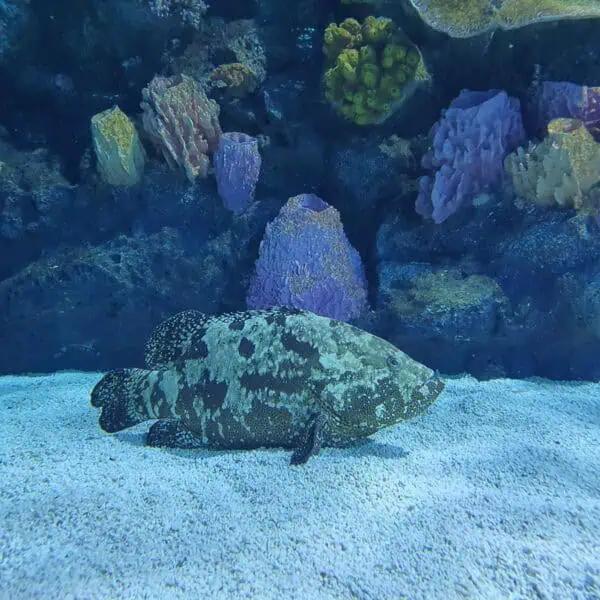
Grouper

Honeycomb Whiptail
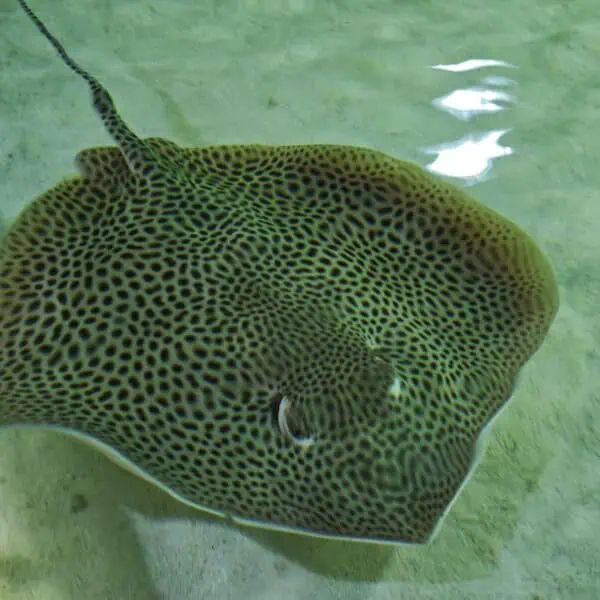
Leopard Whipray

Mekong Giant Barb
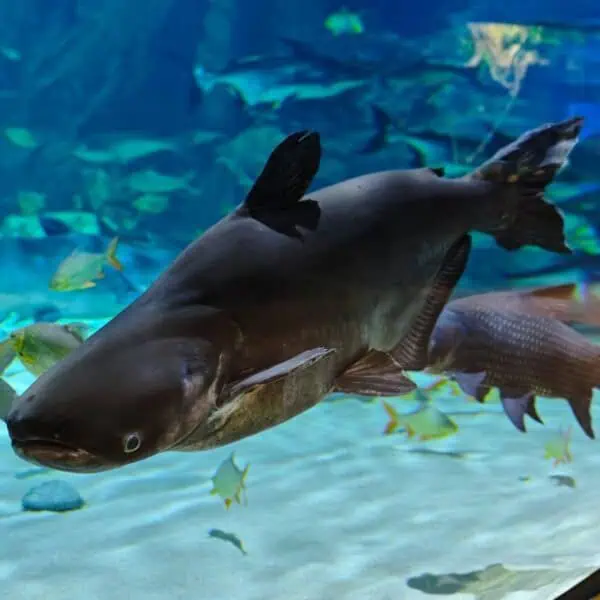
Mekong Giant Catfish

Monoculus Peacockbass
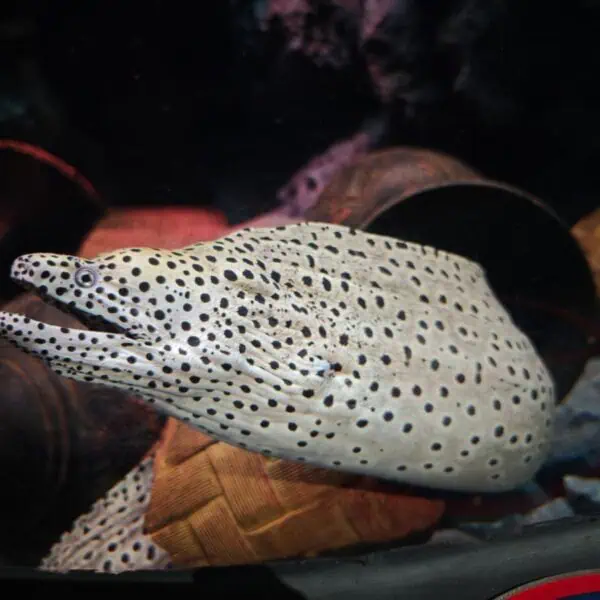
Moray Eel
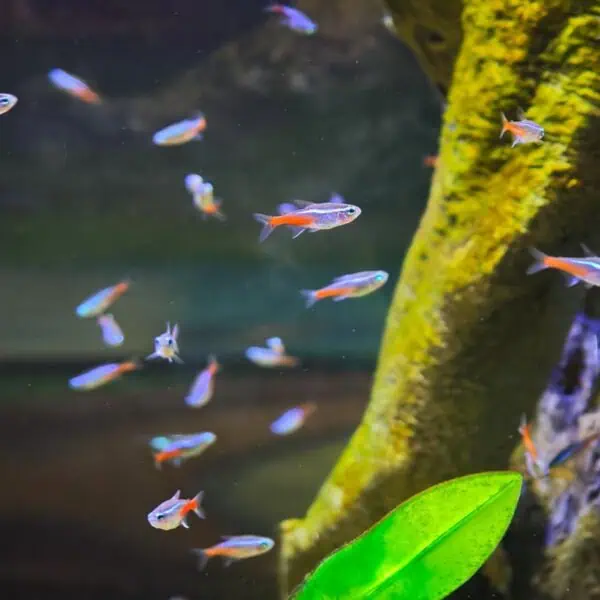
Neon Tetra
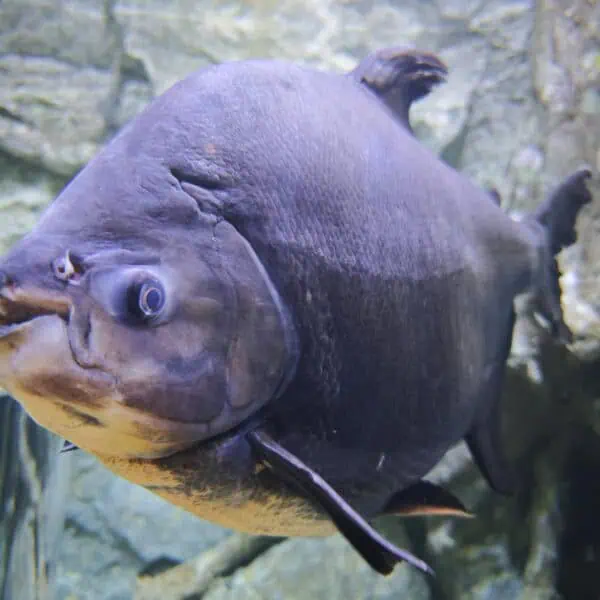
Pacu
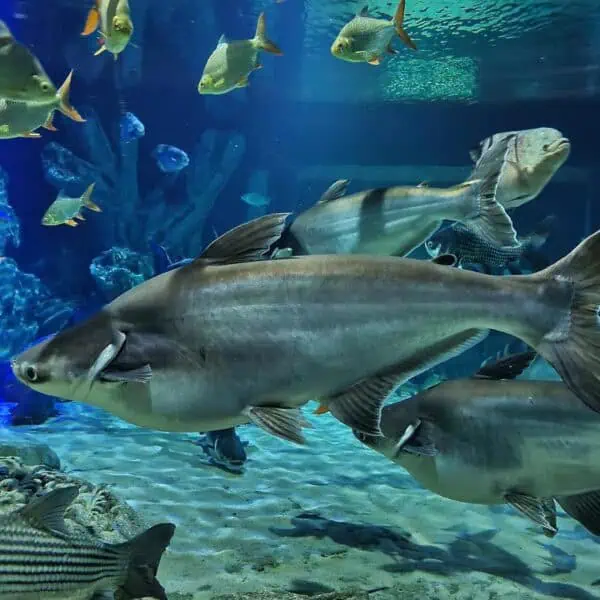
Pangasius
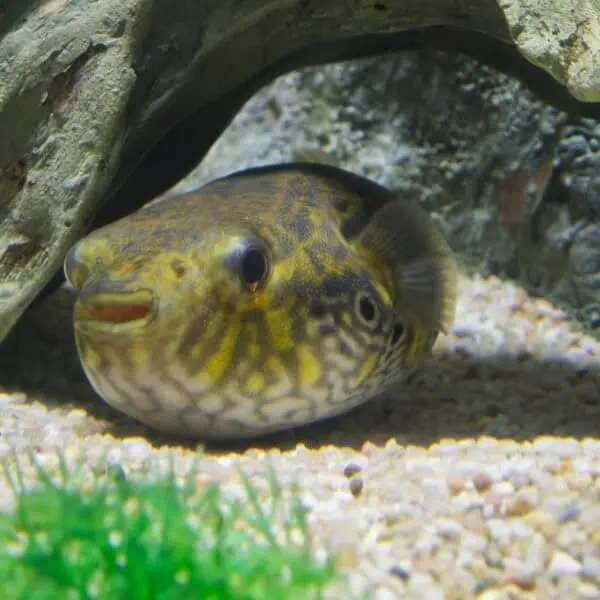
Pufferfish
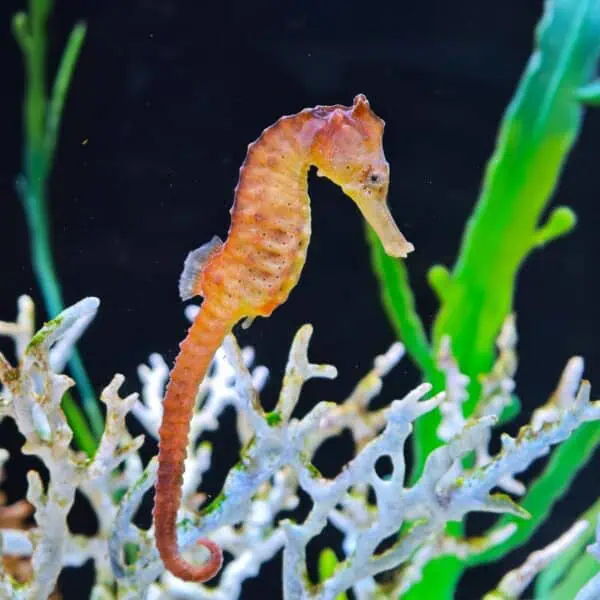
Seahorse

Spotted Eagle Ray
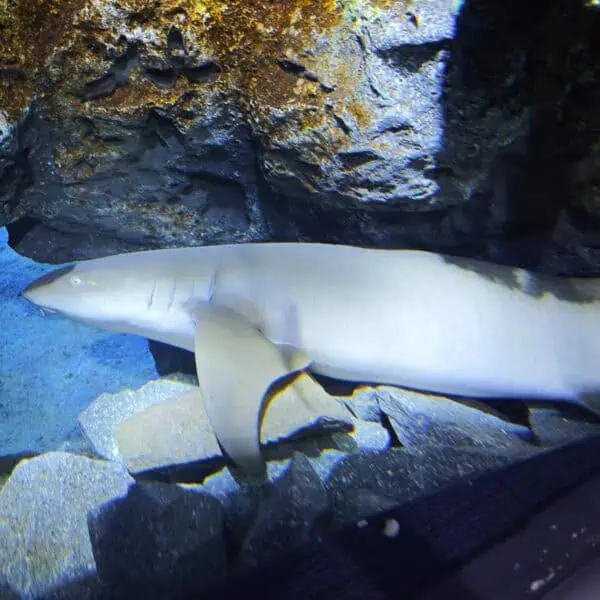
Tawny Nurse Shark
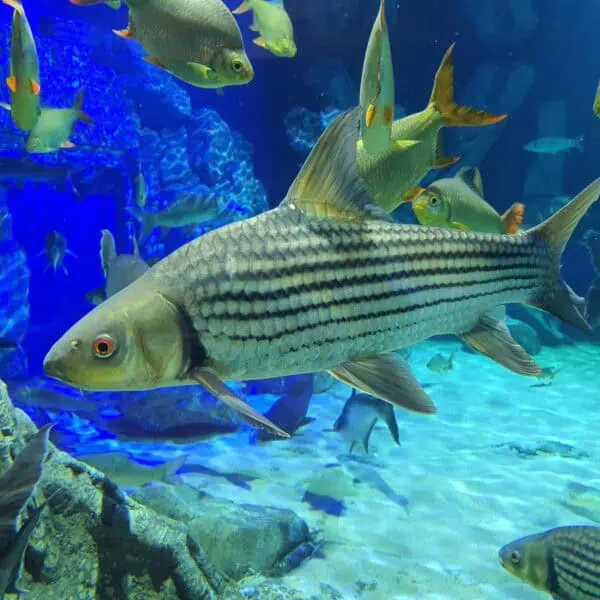
The Jullien’s Golden Carp
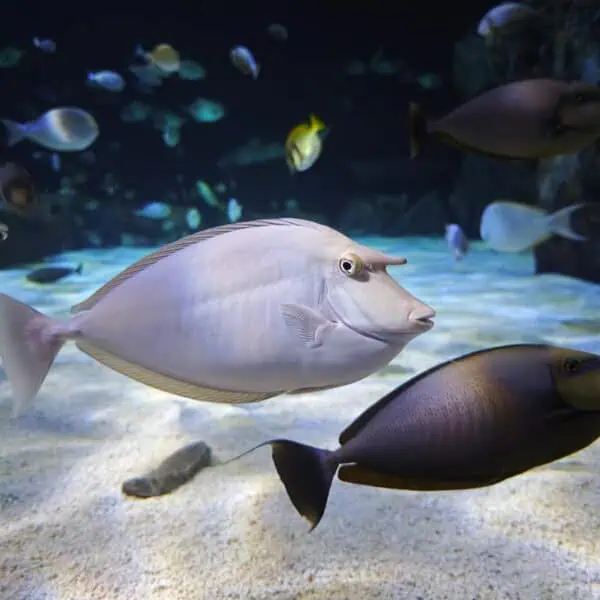
Whitemargin Unicornfish

































